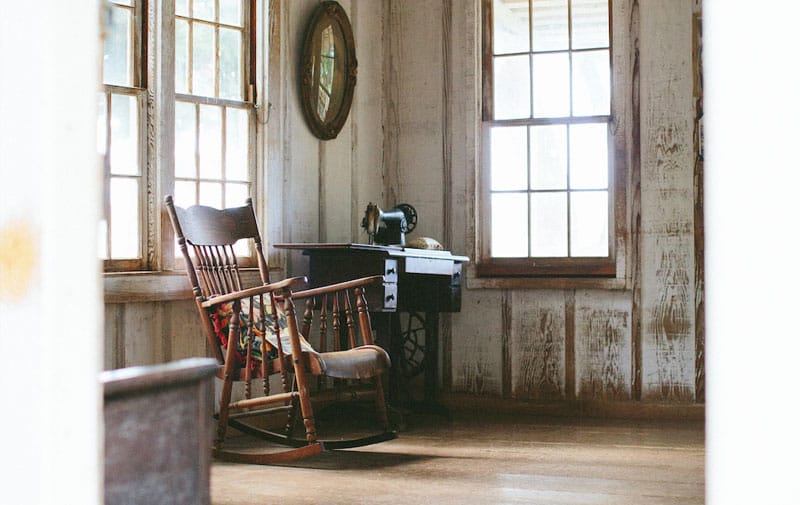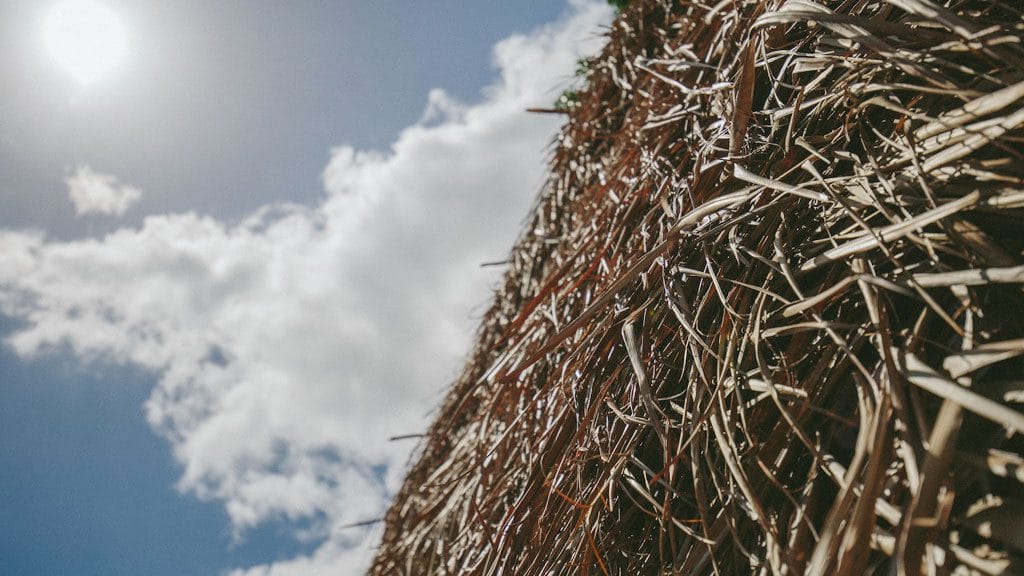At Hawai‘i’s Plantation Village in Waipahu, visitors get a glimpse of a bygone life among sugarcane fields.
“Thank you for coming to Hawai‘i’s best kept secret,” Ken Kaneshige, a docent, tells the group standing near the entrance to Hawai‘i’s Plantation Village. Up the hill, lined along a narrow lane, are replicas of a traditional Japanese furo (bathhouse), general store, saimin stand, Chinese social hall, and a half-dozen types of plantation dwellings, including a Filipino dormitory. Towering over the buildings are trees and plants that workers would have brought from their home countries: tamarind from the Philippines, yucca from Puerto Rico, pomelo from China, bong seon hwa from Korea.
This outdoor museum, tucked away in Waipahu on former farmland, was founded in 1992 to take visitors back to the time between 1850 and 1950, when sugar dominated the islands. Commercial exploitation of Hawai‘i—first for sandalwood, then for whales—began immediately after Western explorers arrived on its shores, but few industries reshaped the archipelago the way sugar did, leading to the overthrow of the Hawaiian monarchy and to a dramatic change in the demographics of the population. Following the establishment of the first sugar plantation on Kaua‘i in 1835, hundreds of thousands of immigrant workers arrived from Europe, Asia, and the Americas. The workforce consisted of 34 ethnic groups, the most numerous of which were the Chinese, Japanese, Okinawans, Filipinos, Koreans, Portuguese, Puerto Ricans, and Native Hawaiians.
Without these workers, and their traditions, Hawai‘i would be unrecognizable today. It was in plantation camps where the plate lunch, that staple of contemporary island cuisine, was born. But these are well-worn narratives of plantation life. After being told that I would “experience the real Hawai‘i,” according to the Plantation Village’s tagline, I worried the tour would peddle a saccharine tale of neighborliness and aloha. The sugar industry enabled multiculturalism, but it also imposed inhumane conditions and racial discrimination—the lighter your ethnicity’s skin color, the better your wages generally were.
Visitors to the museum, however, get the whole story. Walking through the village, I pass a Portuguese forno, or oven, and a giant earthen wok, which make the experiences of such immigrants feel all the more real. At times, these encounters are painful. I feel a knot in my stomach when I see the metal bango tags that laborers wore around their necks as forms of identification. Even practices that seem generous often had ulterior motives: Plantation owners gave workers land for temples and language schools not primarily out of respect, but rather to segregate ethnic groups. “If you keep people in different camps, and if you discourage communication between them, you can control them,” Kaneshige explains.
After the tour, we return to the visitor center, and to present day. It’s a Friday afternoon, and the museum is celebrating its latest addition: a Chuukese utteirek, a thatch-roofed structure similar to a Hawaiian hale. Built by volunteers and students as a place for community events, the utteirek is not part of the museum’s plantation history, but rather its general effort to preserve the heritages of Hawai‘i’s many peoples. At the dedication ceremony, there are speeches, prayers, songs, dances, and a Chuukese feast including roasted pig, taro, and Spam and noodles. I get the sense the men and women who run Hawai‘i’s Plantation Village, many of them volunteers, firmly believe that Hawai‘i’s past has something important to tell us about who we are—and how we should live today. I watch young kids run in and out of the utteirek as Chuukese families talk story with longtime Waipahu residents, and think that, indeed, maybe this is the real Hawai‘i.

